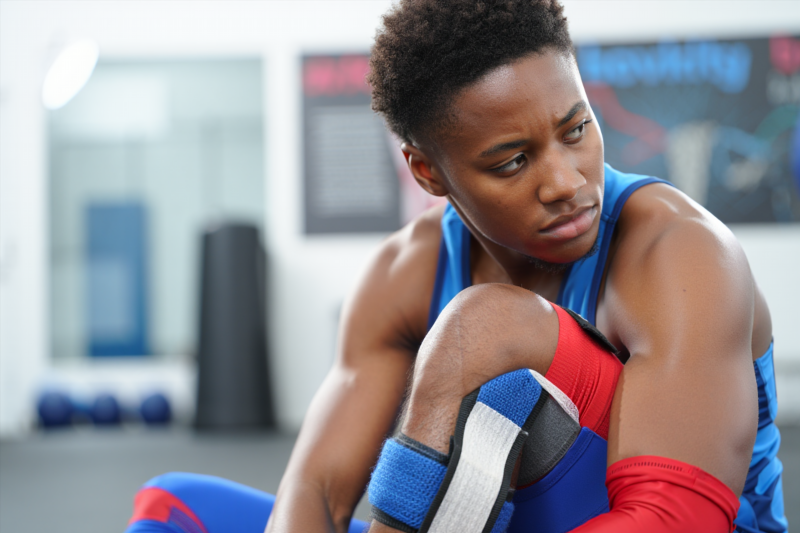
How Injuries Affect Player Performance and Competition Results
Understanding the Impact of Injuries on Athletic Performance
In the world of competitive sports, injuries are an inevitable challenge that can drastically influence an athlete’s performance and overall success. Whether it’s a minor strain or a severe ligament tear, injuries often serve as significant hurdles in maintaining optimal form. Recognizing the real impact of injuries is essential for athletes, coaches, and sports organizations striving for excellence.
> *”Injuries don’t just sideline players—they can alter the trajectory of an entire season.”*
How Injuries Disrupt Player Consistency and Competition Outcomes
Immediate Effects on Performance
Once an athlete sustains an injury, their physical capabilities are temporarily compromised, often leading to:
- Reduced strength, speed, and agility
- Impaired coordination and balance
- Diminished endurance levels
These physical limitations can directly affect gameplay, causing players to underperform or make critical errors, ultimately affecting match outcomes.
Long-Term Consequences on Career Progression
Repeated injuries can hamper an athlete’s career development by:
- Causing prolonged absences from competition
- Creating psychological hurdles such as loss of confidence or fear of re-injury
- Slowing down skill acquisition and refinement
This combined physical and mental toll can lead to decreased consistency, making it challenging to deliver peak performance regularly.
Statistical Evidence of Injury Impact
Research indicates that players returning from injuries often experience a drop in performance metrics, with some studies noting up to a 20-30% decrease in key stats post-injury. Moreover, the risk of re-injury increases without proper recovery, perpetuating a cycle of decline.
Recovery Strategies to Enhance Resilience and Performance
Customized Rehabilitation Programs
Effective injury management begins with tailored rehabilitation plans that focus on:
- Restoring range of motion and strength
- Gradually reintroducing sport-specific movements
- Monitoring progress through regular assessments
Incorporating Advanced Therapies
Modern recovery options such as:
- Physical therapy techniques (e.g., manual therapy, dry needling)
- Sports massages for muscle relaxation
- Electrotherapy and ultrasound to promote healing
- Nutritional support to optimize tissue repair
help accelerate recovery and reduce downtime.
Psychological Resilience and Mental Toughness
Recovery isn’t solely physical. Addressing psychological factors through:
- Visualization exercises
- Mental coaching
- Stress reduction techniques
can improve focus, confidence, and adaptability post-injury.
Practical Tips for Athletes and Coaches
- Prioritize injury prevention with pre-season conditioning and proper techniques.
- Listen to your body and seek medical advice early.
- Follow structured rehab protocols diligently.
- Gradually return to competition, avoiding full-intensity play prematurely.
- Implement resilience-building strategies to cope with setbacks.
Explore More: Enhancing Performance Through Effective Injury Management
Injuries have a profound effect on athlete performance and competition results. However, through strategic recovery practices, personalized rehabilitation, and psychological resilience, athletes can return stronger and more consistent. Embrace a comprehensive approach to injury management to unlock your full potential and achieve sustained success on the field.
> Ready to elevate your game? Discover advanced injury prevention and recovery methods tailored for peak performance. Learn more today!
Keywords: injuries, athlete performance, sports injuries, recovery strategies, rehabilitation, resilience, competition results, injury prevention, player consistency